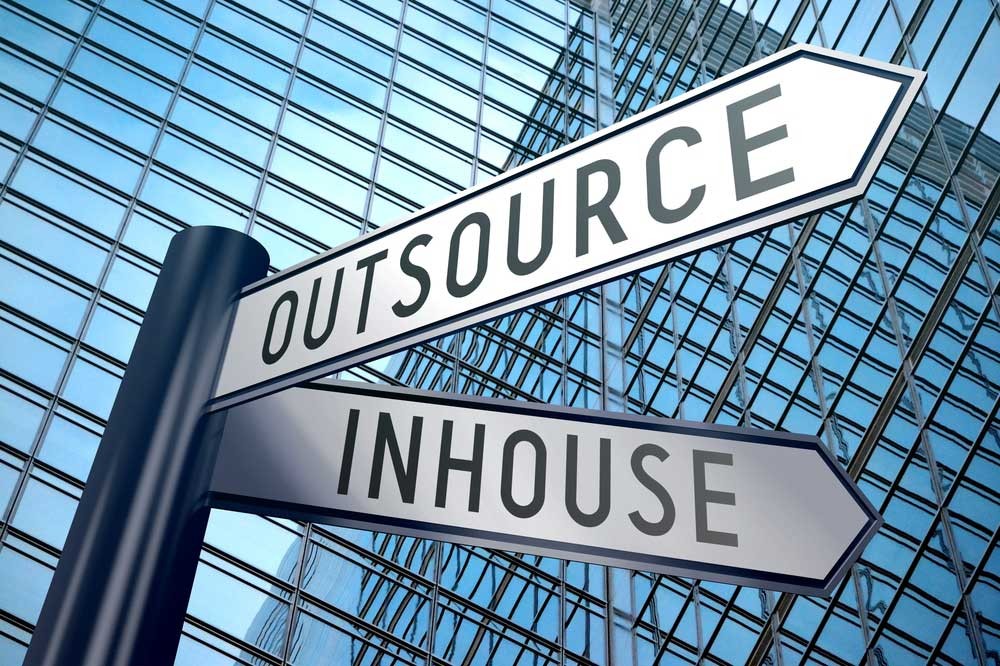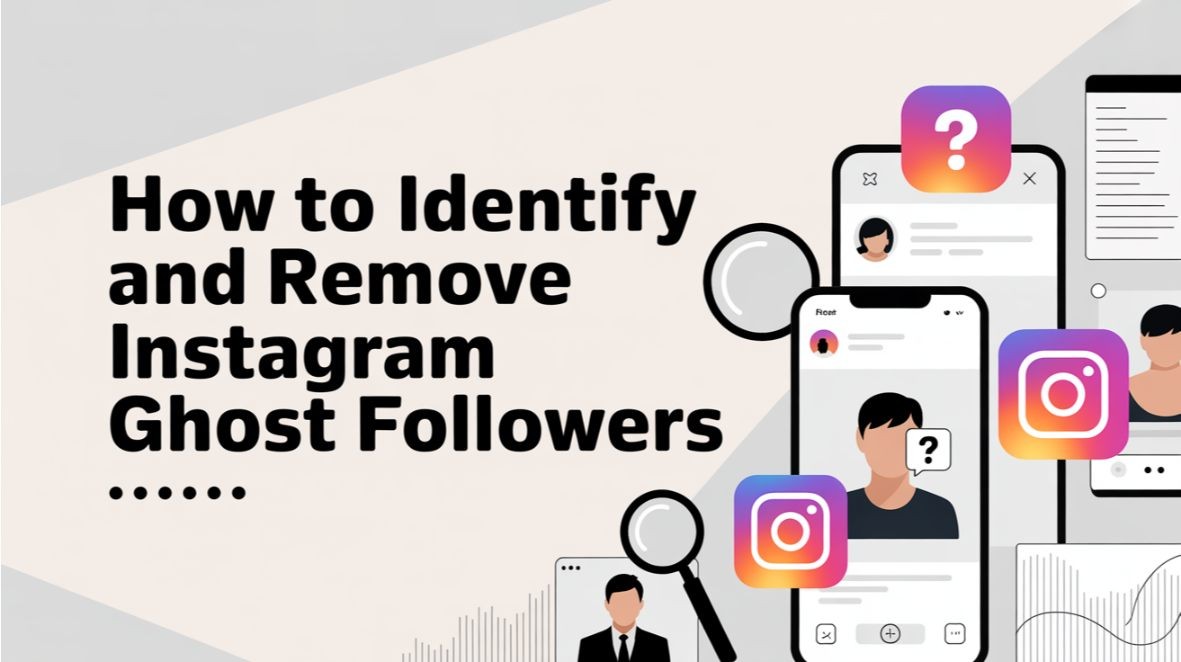What are the different ways to protect the website from unethical hacking?
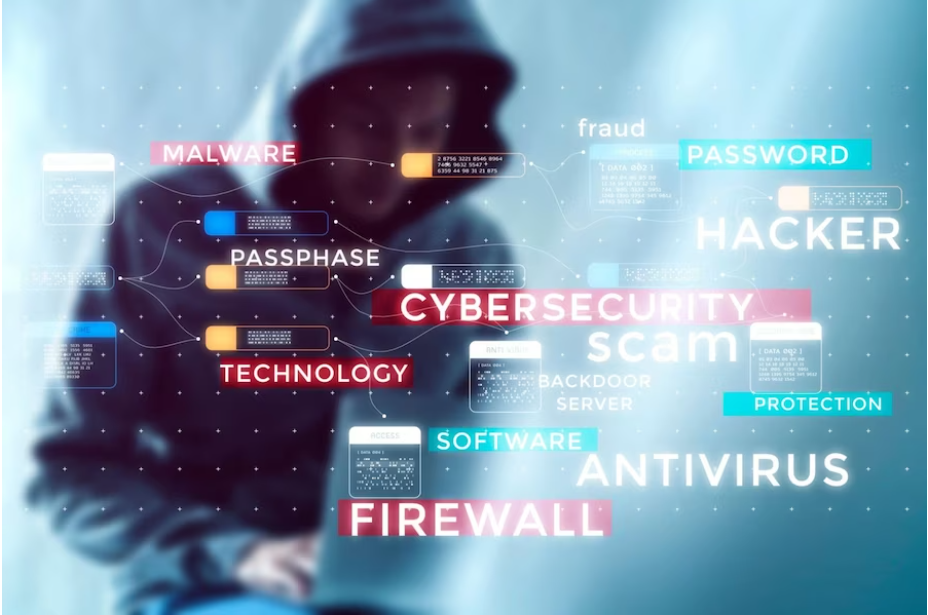
Websites have become crucial for organizations, but they are also vulnerable to malicious hackers. To safeguard their valuable online assets from the increasing frequency and sophistication of cyber attacks, website owners need to take preventive measures. This article aims to explore various methods that can be employed to prevent hackers from gaining unauthorized access to your website. Our team is here to provide comprehensive cyber security solutions, including reliable security plugin installation and monitoring of emerging threats. So grab a cup of coffee as we delve into the topic of secure browsing together.
Encryption
Encryption is vital for safeguarding websites against unauthorized hacking attempts. It involves converting sensitive data into an unreadable form, making it extremely challenging for ethical hacking to decode and exploit. Through the implementation of encryption techniques, website owners can guarantee the security of any information shared between a user's browser and their server. This becomes especially critical when handling personal or financial data, like credit card numbers or login credentials.
There are various types of encryption algorithms available, each with its own strengths and weaknesses. These algorithms are designed to protect the integrity and confidentiality of data. One widely used encryption method is SSL/TLS (Secure Sockets Layer/Transport Layer Security), which encrypts information while it's being transmitted over the Internet. This ensures that unauthorized individuals cannot access the data during transmission. Websites that utilize SSL/TLS display a padlock symbol on users' browsers, providing reassurance that their connection is secure.
Firewalls
To ensure the security of your website, firewalls play a crucial role. They create a protective barrier between your website's internal network and the vast external network. These guardians continuously monitor incoming and outgoing traffic, analyzing every data packet that traverses. By doing so, firewalls are able to detect potential threats and prevent unauthorized access attempts. There are two primary categories of firewalls: hardware-based and software-based. Hardware firewalls are physical devices strategically placed between your server and the Internet, while software based on firewalls operate directly on individual computers or servers.
Firewalls have several key functions that help protect your website and servers. One feature is packet filtering, where the firewall examines each data packet for specific criteria like IP addresses or port numbers. This helps prevent malicious requests from reaching your servers. Another important function is intrusion detection and prevention. The firewall monitors network traffic for suspicious behavior or known attack patterns, such as repetitive login attacks or SQL injection attacks. If any signs of an attack are detected, the firewall can quickly take action to block it.
Password Protection
When it comes to safeguarding your website from unethical hacking, password protection serves as an essential first line of defense. Despite its simplicity, many individuals still underestimate its significance. Let explores some crucial tactics for establishing strong and secure passwords. It is important to avoid using common or easily predictable passwords such as "123456" or "password”. These combinations are typically the first ones hackers attempt when seeking unauthorized access. Instead, opt for intricate passwords that incorporate a combination of uppercase and lowercase letters, numbers, and special characters.
Regularly updating your passwords is a crucial aspect of password protection. It's recommended to change them every few months, or whenever there's a potential security breach. This helps minimize the risk of someone having prolonged access to your website. Additionally, it's worth considering implementing multi-factor authentication (MFA) on your login page. MFA adds an extra layer of security by requiring users to provide additional information, such as a unique code sent via email or text message.
Keep your website updated
To maintain your website's security, it is crucial to regularly update various aspects of your site. This includes not only the content and design but also the underlying software and plugins that support its functionality. Developers continuously work on enhancing their software development and addressing any security vulnerabilities through updates. By promptly applying these patches, you minimize the risk of unauthorized access to your site. Similar to other technological systems, websites can have bugs or glitches that make them susceptible to attacks. Regular updates help address these issues, ensuring a more secure environment for your visitors.
Using plugins on your website is common practice, but it's crucial to keep them updated. Outdated or unsupported plugins can be a vulnerability that hackers exploit. With advances in technology, new features and functionalities become available for websites. By updating your plugins, you ensure compatibility with these advances and maintain optimal performance and functionality for your website.
Conclusion
Safeguarding your website against unethical hacking is vital to protecting its security, privacy, and user trust. By employing a range of measures like password protection, two-factor authentication, encryption, firewalls, web application security, and intrusion prevention systems, you can greatly reduce the chances of unauthorized access to your site. It's important to note that no single method can guarantee absolute protection from ethical hacking. To stay ahead of potential threats, it's crucial to implement a combination of these techniques and regularly update them.
Taking proactive measures to protect your website from hacking attempts is crucial for safeguarding sensitive information and maintaining the integrity of your online presence. It also demonstrates a commitment to building trust with your audience. Stay updated on emerging threats and invest in strong security measures, as prevention is always more effective than dealing with cybersecurity breaches later on.
Related Blog
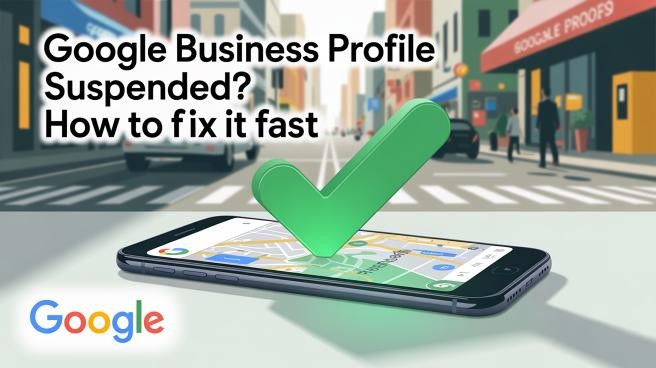
Google Business Profile Suspended? How to Fix It Fast
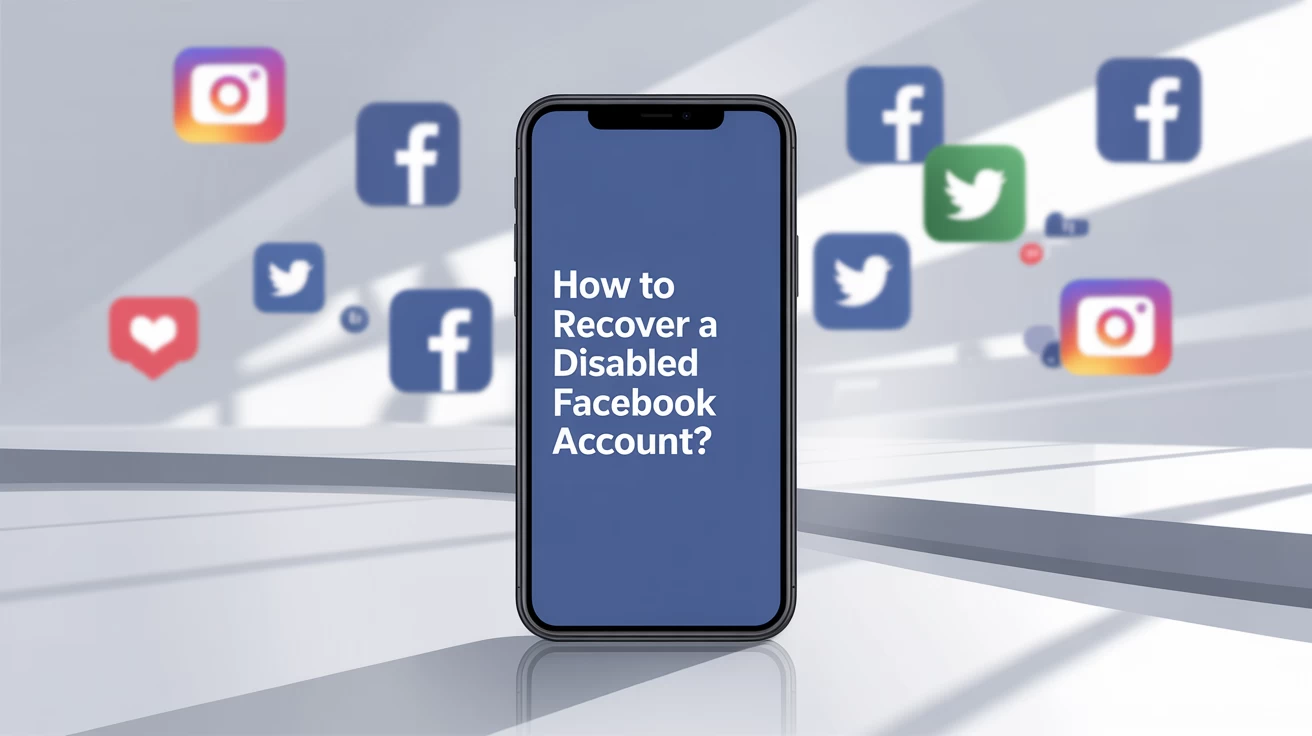
How to Recover a Disabled Facebook Account?

What to Do If Your Facebook Account Is Hacked and Your Email Is Changed

LinkedIn Shadow Ban: How to Avoid and Fix it

How to Recover a Hacked WordPress Website

How to start an IT company in Dubai

Best Ethical Hacking Companies in Dubai

Webflow vs WordPress Which is Better for Website Design?

20 Tips for Effective LinkedIn Marketing in Dubai

Top 10 Software Development Companies in Dubai


What is the Software Development required for Creating Payment Gateways?

How does Google treat AI Content in SEO?

How to create a proper content distribution strategy

How can Brand agencies bring success to B2B Business in the UAE?

Maximize Sales with e-commerce Advertising Strategies

Schema Markup for SEO: Boost Your SERP Visibility with Structured Data

FIVE STRATEGIES TO INCREASE YOUR BRAND LOYALTY

What are the Branding Strategies for a Small Business in the UAE?

How can digital marketing be useful for small businesses?

What are the Things to Consider for Hiring Creative Agencies?

What are the mistakes to avoid while customizing a WordPress website?

Why is Website Maintenance important for your Business?

Trends of Future Creative Agencies in UAE

How can AI transform digital marketing in the UAE?



How can a powerful Landing Page Design lead to higher conversion?

Checklist to build a winning e-commerce website


WHAT ARE THE SUCCESSFUL ELEMENTS REQUIRED FOR BRANDING A WEBSITE IN UAE?

What are the best web designing tools that can renovate your site?

What are the web designing strategies that can improve the SEO ranking?

How social media impacts the promotion of the business in the Future?

What is the SEO checklist involved in content writing?

Top Ten Mobile App Development Companies in UAE

How do we choose the best brand name for the business in UAE?
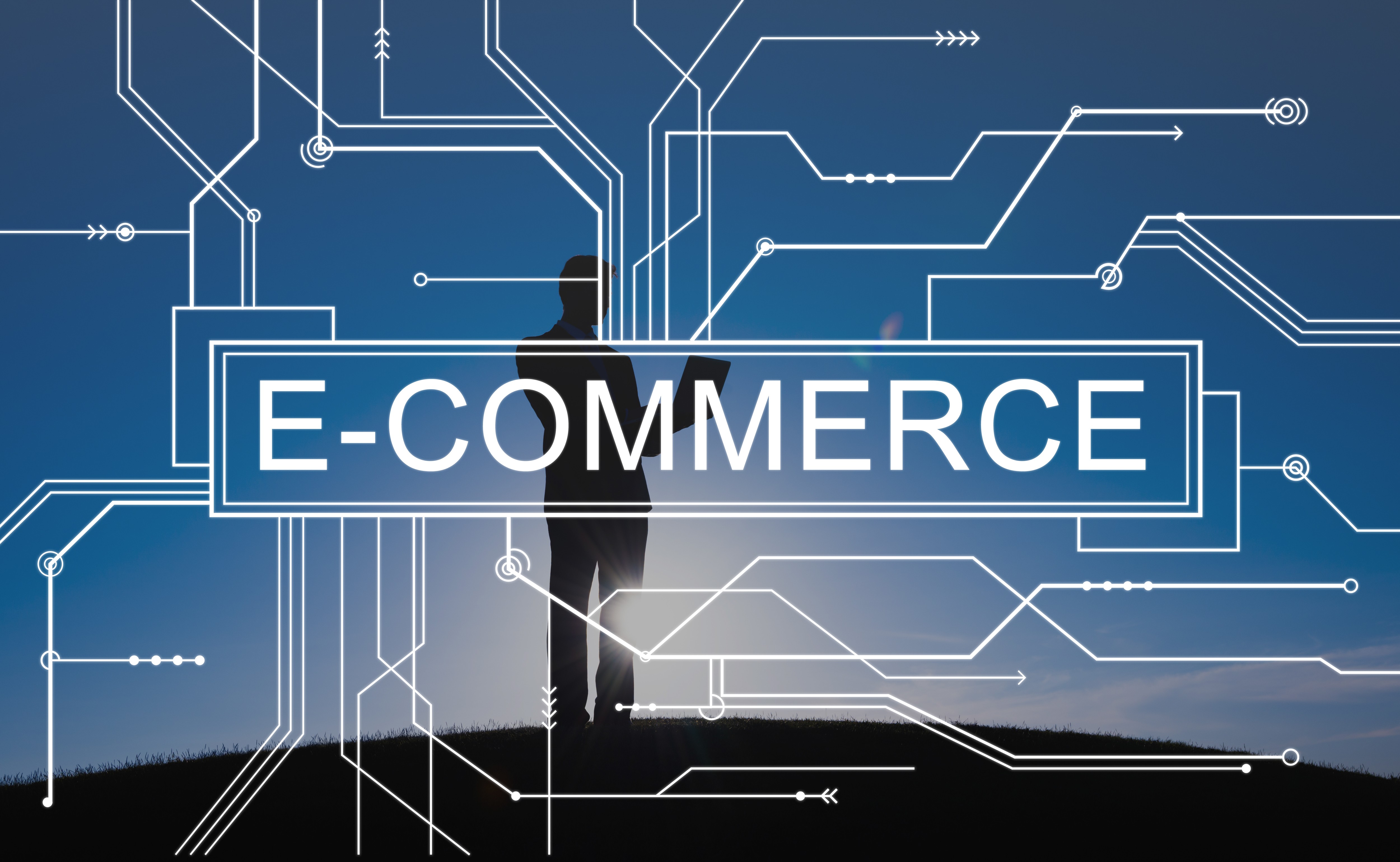
What are the top e-commerce Software Solutions required for the IT industry?

Why is user experience crucial in website development?

How to Choose the Right Ecommerce Platform for Your Business

How to Optimize Your LinkedIn Profile for Maximum Exposure?

How Can Branding Agencies in The UAE Promote Businesses?


Top 10 SEO Agencies in Dubai

TOP TEN MARKETING CONSULTANTS IN DUBAI

The Top 10 Must Have WordPress Plugins for Your Website
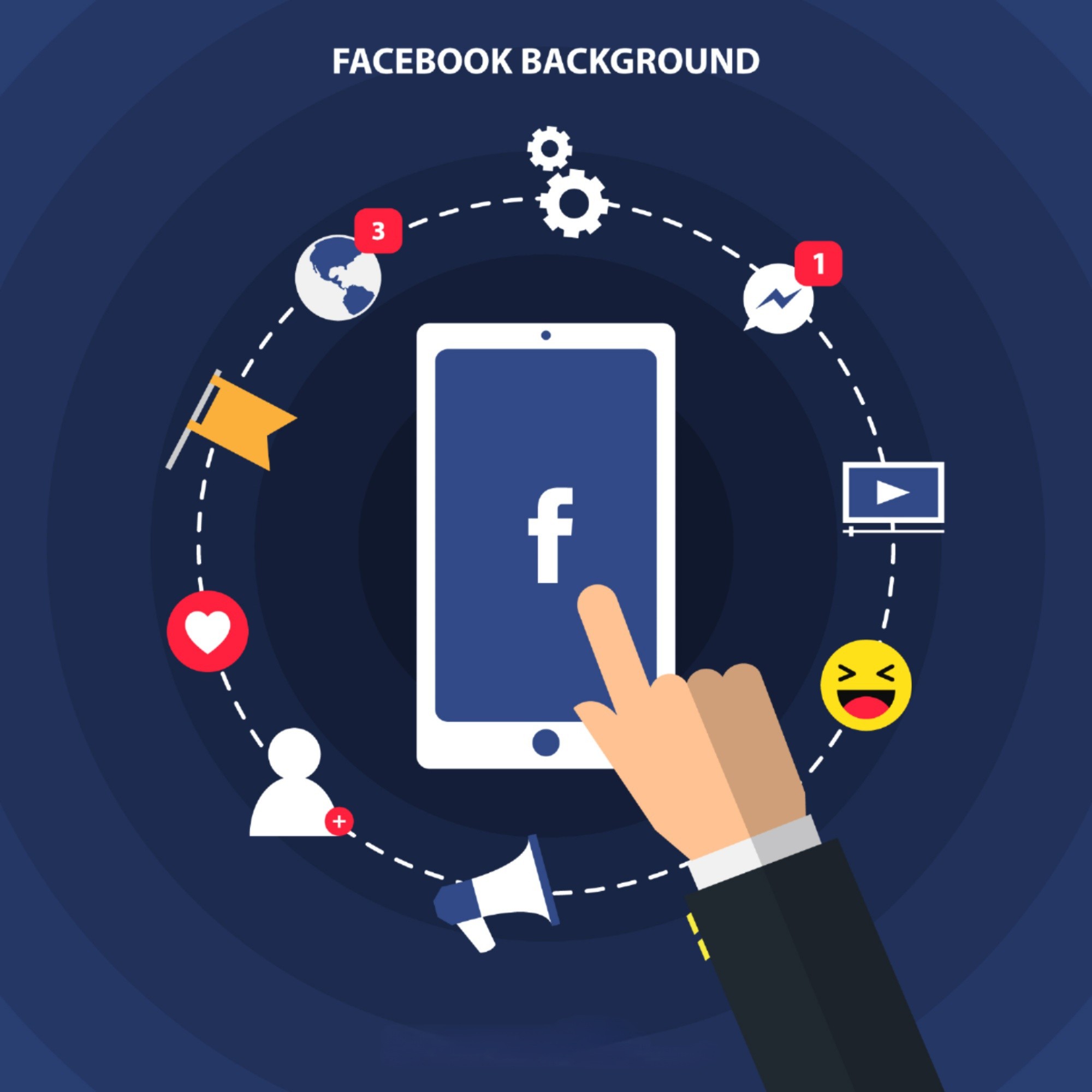
The Future of Facebook Marketing: Trends and Predictions

What are the successful CRM strategies?

Reasons why you should hire a professional branding agency

How Web Development Helps Your Business

How to Grow your digital agency in 2023?

Why Cyber Security is Important for Your Business
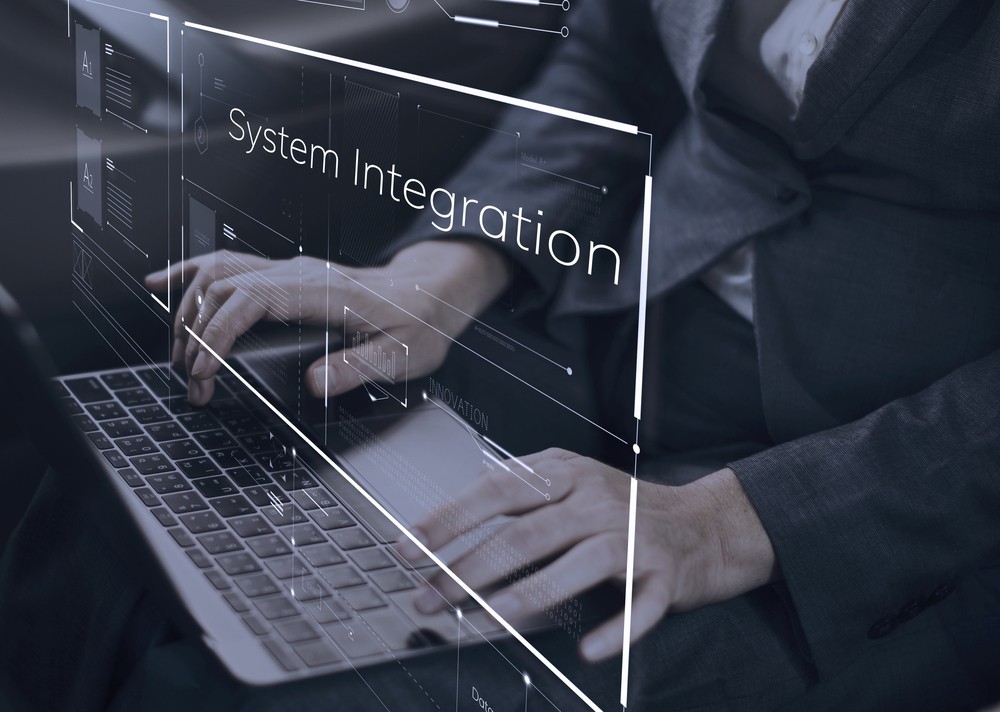
Key Factors for Choosing the Right System Integrators
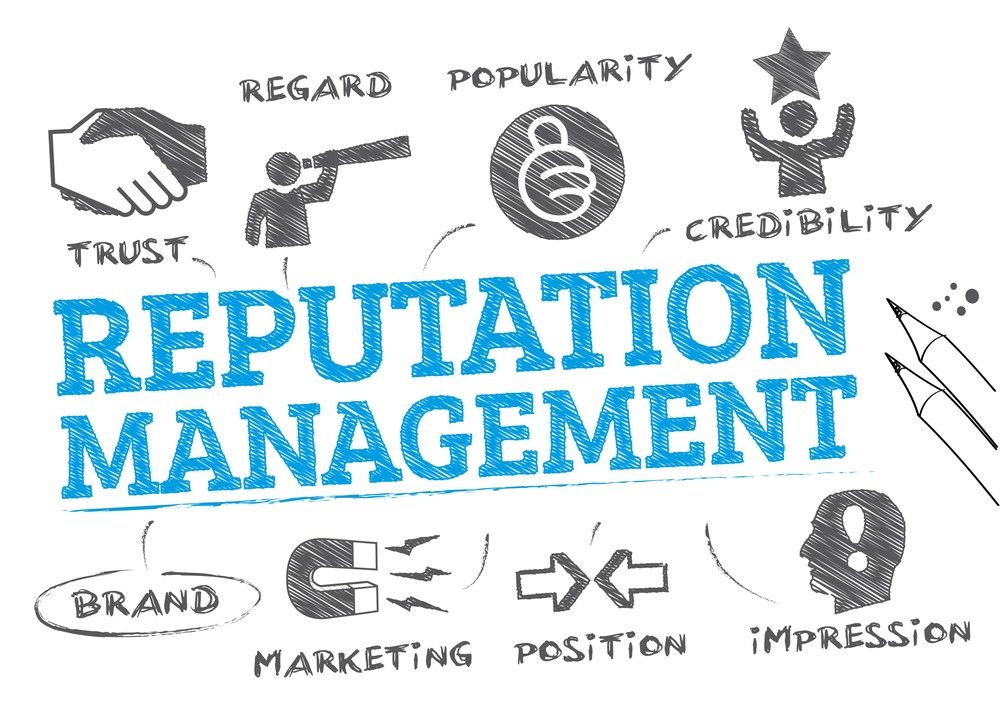
How to Choose the Right Reputation Management Company

How Ethical Hacking is Different from Normal Hacking?

Things to Consider While Choosing a Software Development Company

Top 7 Reasons to Hire a Content Marketing Agency in Dubai

10 Factors to Consider While Selecting Web Designing Companies in Dubai

Importance and Benefits of SEO for Your Business

TIPS FOR CHOOSING A SOFTWARE TESTING COMPANY

Questions You Should Ask Before Choosing A Social Media Agency In UAE

How to Market your Local Business in Dubai?

How to choose a good digital marketing agency for your business in Dubai
